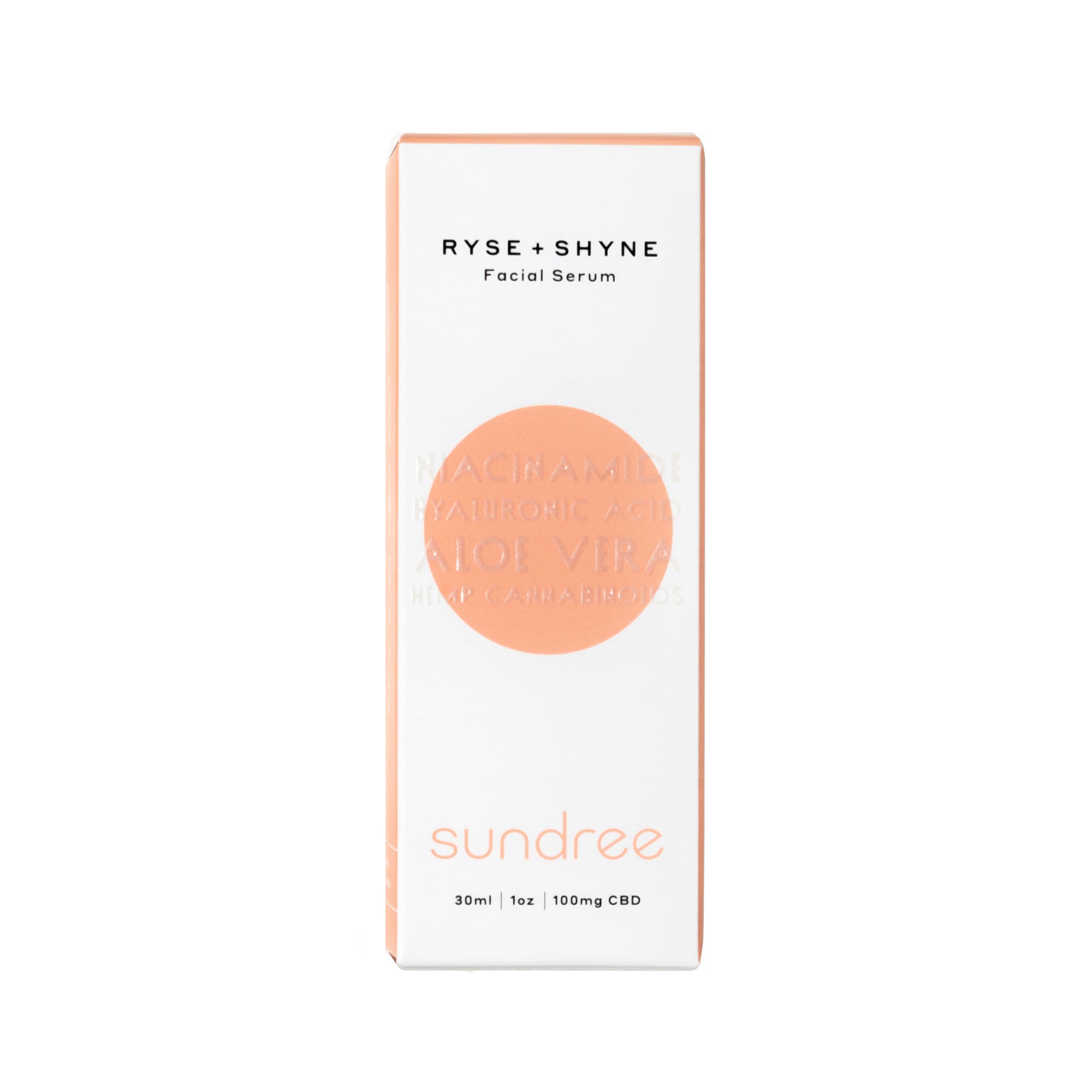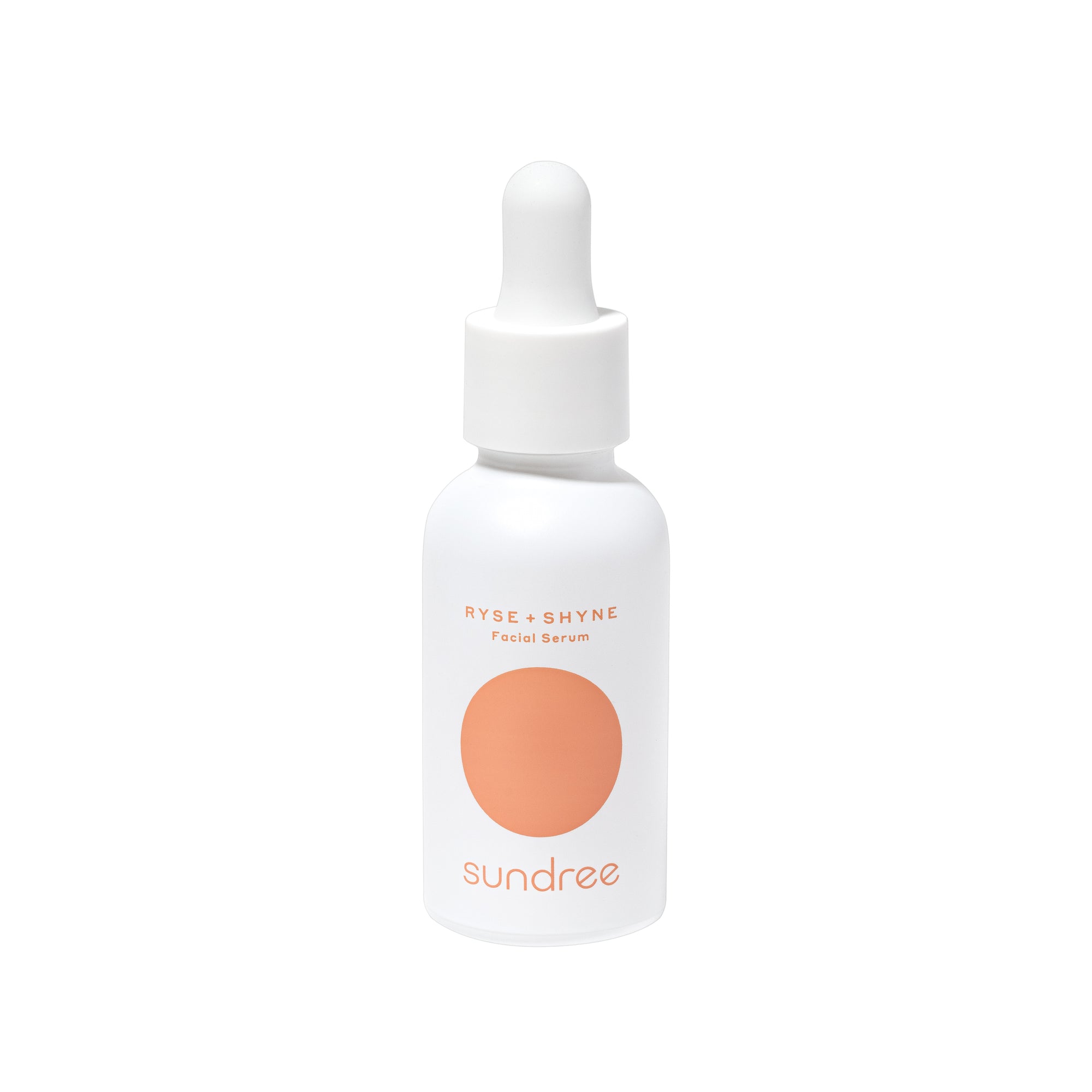Exfoliation is a process of removing dead skin cells from the surface of skin. This practice has been an integral part of skincare routines for centuries, helping to maintain healthy, radiant skin. The primary purpose of exfoliation is to enhance the skin's appearance by improving its texture and tone. It helps unclog pores, reduce the likelihood of breakouts, and allows skincare products to penetrate deeper and work more effectively.
Benefits of Regular Exfoliation for Skin Health and Appearance
Regular exfoliation is a cornerstone of effective skincare routines, offering a plethora of benefits that enhance both the appearance and health of the skin.
Improved Skin Texture: One of the most known benefits of regular exfoliation is the improvement in skin texture. By removing the rough, dead skin cells that accumulate on the skin's surface, exfoliation reveals smoother, softer skin. This process helps to refine the skin's texture, making it feel more velvety to the touch and look more polished.
Enhanced Radiance: Exfoliation promotes a brighter, more radiant complexion by sloughing away dull, lifeless skin. The removal of these dead cells allows the fresher, more vibrant skin beneath to shine through, giving your face a healthy glow. This renewed luminosity can make the skin look more youthful and refreshed.
Even Skin Tone: Regular exfoliation helps to even out skin tone by reducing any hyperpigmentation and dark spots. It can gradually diminish the appearance of discoloration caused by sun damage, age spots, or acne scars. As dead skin cells are removed, newer, more evenly pigmented skin surfaces, leading to a more uniform complexion.
Prevention of Acne: Keeping pores clear of debris is crucial in preventing acne and blackheads. Exfoliation removes any buildup of the dead skin cells, oil, and any other impurities that can clog pores and lead to breakouts. By maintaining clear pores, exfoliation reduces the frequency and severity of acne, promoting clearer, healthier skin.
Better Absorption of Skincare Products: Exfoliation allows for better penetration of serums, moisturizers, and other skincare treatments. By removing the barrier of the dead skin cells, exfoliants enable active ingredients in your skincare products to penetrate deeper into the skin. This increased absorption maximizes the effectiveness of your skincare regimen, ensuring you get the most out of your products.
Types of Exfoliation
There are three main types of exfoliation methods, each tailored to different needs and skin types:
Physical Exfoliation: Physical exfoliation involves manually scrubbing the skin with an abrasive substance or tool. Common physical exfoliants include scrubs with granules, brushes, and exfoliating gloves. These methods physically remove dead skin cells through friction. While effective, it's important to use gentle pressure and avoid over-scrubbing to prevent skin irritation and damage.
Chemical Exfoliation: Chemical exfoliation utilizes acids or enzymes to dissolve dead skin cells. Popular chemical exfoliants include alpha hydroxy acids (AHAs), beta hydroxy acids (BHAs), and polyhydroxy acids (PHAs). These exfoliants work by breaking down the bonds between dead cells, while allowing them to be easily washed away. Chemical exfoliants can penetrate deeper into the surface of the skin, providing more thorough exfoliation and offering additional benefits such as increased cell turnover and collagen production.
Enzymatic Exfoliation: Enzymatic exfoliation employs natural enzymes to break down the keratin in dead skin cells, facilitating their removal. These enzymes, often derived from fruits like papaya and pineapple, offer a gentle exfoliation option suitable for sensitive skin. Enzymatic exfoliants work by digesting the proteins that hold dead skin cells together, allowing for a mild yet effective exfoliation process that minimizes the risk of irritation.
II. Understanding Skin Types and Exfoliation Needs
Recognizing your skin type is crucial for effective exfoliation. Here are the primary skin types and their characteristics:
Normal Skin: Balanced, not too oily or dry, with few imperfections.
Oily Skin: Prone to excess oil production, enlarged pores, and frequent breakouts.
Dry Skin: Lacks moisture, feels tight, and may have flaky patches.
Combination Skin: Features both oily and dry areas, typically with an oily T-zone.
Sensitive Skin: Easily irritated, prone to redness and reactions.
Tailoring Exfoliation to Skin Types
Normal Skin: Can tolerate most exfoliation methods but should avoid over-exfoliation. A combination of physical and chemical exfoliants can be used, but moderation is key to maintain the skin's natural balance.
Oily Skin: Benefits from more frequent exfoliation to keep pores clear; BHAs, particularly salicylic acid, are particularly effective for penetrating and unclogging pores. Oily skin can often handle more robust exfoliation methods, but it's still important to avoid overdoing it.
Dry Skin: Requires gentle exfoliation to prevent further dryness; AHAs, like glycolic acid, are recommended as they help to hydrate while exfoliating. Physical exfoliants should be used sparingly and with caution to avoid irritation.
Combination Skin: Needs a balanced approach, using different methods for different areas. BHAs can be applied to the oily T-zone, while AHAs or enzymatic exfoliants can be used on the drier areas. Adjust the frequency and type of exfoliant based on the specific needs of each area.
Sensitive Skin: Requires the mildest exfoliants, such as PHAs and enzymatic methods, to avoid irritation. Gentle enzymatic exfoliants or low-concentration PHAs are ideal for sensitive skin types, and physical exfoliants should be avoided altogether.
Precautions and Considerations to Avoid Over-Exfoliation
Frequency: Exfoliate 1-3 times per week, always considering your skin type and the product used. Over-exfoliation can lead to irritation, redness, and sensitivity.
Moisturizing: Always follow up with a moisturizer to replenish skin hydration. Exfoliation can strip the skin of its natural oils, so it's important to restore moisture to maintain a healthy barrier.
Sun Protection¹: Avoid exfoliating if the skin is sunburned or experiencing a breakout. Exfoliation can exacerbate irritation and should be avoided on compromised skin.
Listen to Your Skin: Adjust the frequency based on how your skin reacts. If you notice increased sensitivity or irritation, reduce the frequency or switch to a gentler exfoliant.
By understanding the benefits of regular exfoliation and tailoring your approach to your specific skin type, you can achieve smoother, healthier skin and enhance the overall effectiveness of your skincare routine.
III. Physical Exfoliation Methods
Manual Exfoliants
Physical exfoliants involve using products or tools to manually slough off dead skin cells. Common types include:
- Scrubs: Contain small, gritty particles to buff away dead skin.
- Brushes: Electronic or manual brushes with bristles that aid in exfoliation.
- Exfoliating Gloves: Gloves with a rough texture designed to exfoliate the skin during washing.
Popular Physical Exfoliants and Their Ingredients
- Sugar Scrubs: Use fine sugar granules to exfoliate gently.
- Salt Scrubs: Coarser than sugar scrubs, suitable for body exfoliation.
- Ground Coffee Scrubs: Offer exfoliation along with the benefits of caffeine, such as reducing cellulite appearance.
How to Use Physical Exfoliants Safely
- Apply gentle pressure to avoid damaging the skin.
- Use circular motions to enhance the exfoliation process.
- Rinse thoroughly and follow with a hydrating moisturizer.
- Limit use to 1-2 times per week to prevent irritation.
Alpha Hydroxy Acids (AHAs): AHAs are water-soluble acids derived from fruits and milk. Common AHAs include glycolic acid and lactic acid. They work by dissolving the bonds between the dead skin cells, allowing them to be shed more easily.
- Benefits: Suitable for dry and sun-damaged skin, improve skin texture and tone.
- Suitable Skin Types: Best for dry, normal, and combination skin types.
Beta Hydroxy Acids (BHAs): BHAs are oil-soluble acids, with salicylic acid being the most common. They penetrate deep into the pores to remove dead skin cells and excess sebum.
- Benefits: Ideal for acne-prone and oily skin, helps reduce breakouts and blackheads.
- Suitable Skin Types: Best for oily and acne-prone skin.
Polyhydroxy Acids (PHAs): PHAs are a newer class of exfoliants that work similarly to AHAs but are gentler on the skin. They include gluconolactone and lactobionic acid.
- Benefits: Provide mild exfoliation with added hydration, suitable for sensitive skin.
- Suitable Skin Types: Best for sensitive and dry skin.
Microdermabrasion: Microdermabrasion is a non-invasive procedure that uses fine crystals or a diamond-tipped wand to exfoliate the skin.
- Benefits: Improves skin texture, reduces fine lines, and enhances overall radiance.
- Who Should Consider Microdermabrasion: Suitable for most skin types, especially those seeking to improve skin texture and tone.
Chemical Peels: Chemical peels involve applying chemical solutions to the skin to exfoliate and reveal new skin layers.² Types include superficial, medium, and deep peels.
- Expected Results: Smoother, brighter skin with reduced signs of aging and pigmentation.
- Recovery Process: Varies depending on the peel depth; superficial peels have minimal downtime, while deep peels require longer recovery.
Dermaplaning: Dermaplaning uses a surgical scalpel to gently scrape off the dead skin cells and fine facial hair.
- Benefits: Immediate smoothness and radiance, better product absorption.
- Considerations and Aftercare: Ensure professional execution, avoid direct sun exposure post-treatment, and follow a gentle skincare routine.
Homemade Exfoliant Recipes: DIY exfoliants can be made using simple, natural ingredients:
- Sugar and Honey Scrub: Combines sugar's exfoliating properties with honey's moisturizing benefits.
- Oatmeal and Yogurt Mask: Soothes and exfoliates, suitable for sensitive skin.
- Coffee Grounds Scrub: Exfoliates and improves circulation, great for body use.
Natural ingredients are often said to be gentler on the skin and free from harsh chemicals. They are cost-effective and customizable to individual needs.
Precautions with DIY Exfoliation: Ensure all ingredients are fresh and clean. Make sure to test on a small skin area first to check for reactions and avoid using overly abrasive ingredients that can damage the skin.
VII. Final Thoughts
Exfoliation is an important component of any effective skincare routine, offering numerous benefits that contribute to smoother, healthier, and more radiant skin. By understanding the different methods of exfoliation—physical, chemical, and enzymatic—you can tailor your approach to suit your skin type and specific needs. Regular exfoliation not only improves skin texture and tone but also enhances the overall effectiveness of your skincare products, helping you achieve a more luminous and even complexion.
Citations:
- S, Brooklyn. (2021). ‘All About Sunscreen’, Sundree, Accessed May 10, 2024. Available at: https://sundree.com/blogs/news/all-about-sunscreen
- S, Brooklyn. (2023). ‘The Ultimate Guide to Chemical Peels: Transform Your Skin in One Swipe, Sundree, Accessed May 11, 2024. Available at: https://sundree.com/blogs/news/the-ultimate-guide-to-chemical-peels-transform-your-skin-in-one-swipe













